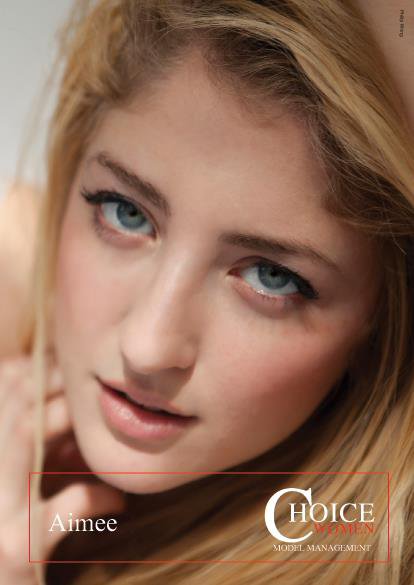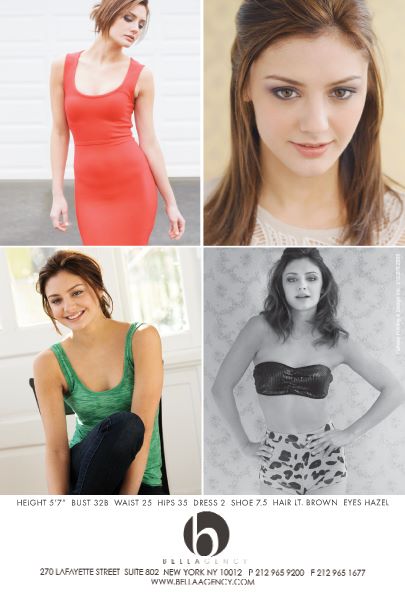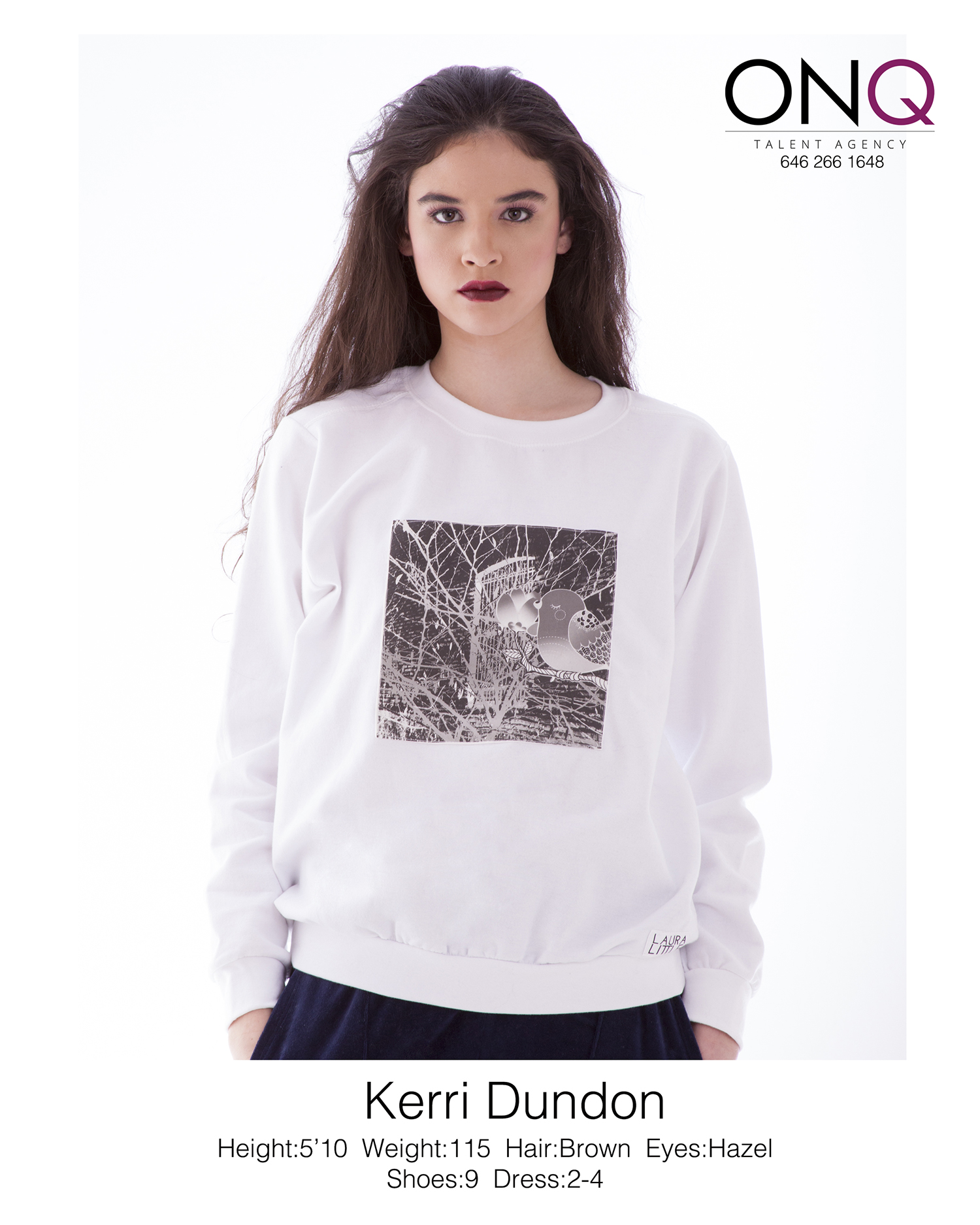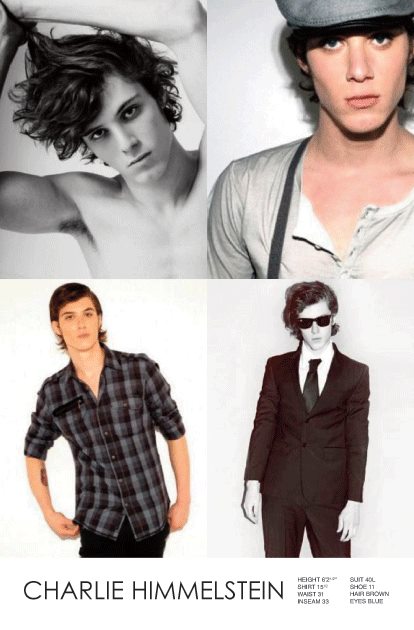Actor Headshots: What You Should Know
Color or Black and White?
Color is the industry standard — it’s no longer black and white. Black and white headshots look dated.
Size
Headshots are sized 8 x 10”, and are typically oriented vertically.
Commercial vs. Theatrical
There are two main categories of headshots: commercial and theatrical. It’s best to have both of these at your disposal.
Commercial headshots are meant to appeal to the advertising industry. They should be warm and bright. Smiling is usually recommended. The goal is to look relatable and trustworthy.
Theatrical headshots are meant for castings in film, TV shows and plays. It’s typically more artistic, and is meant to show off your personality and show more depth and nuance. Some actors choose to smile, others do not. Decide what kind of impression you’d like to make, and how to best reveal who you are as an actor.
Resume
It’s common practice to either staple or have your resume printed on the back of your headshot. It’s easier to hand over to people in the industry this way, and it ensures that both pieces travel together and that casting directors will have access to both.
When deciding whether to use a stapled or printed resume, just keep in mind that resume changes more often than your photos. It’s a good idea to print only a small batch of headshot/resume combos, and then have a stack of stand-alone headshots which you could always staple your resume to if needed.
Getting the Right Look
It’s important that your headshot is honest and gives an accurate portrayal of what you look like. Directors are searching for a certain look, and they will not be happy if you show up for your casting and don’t look like your headshot. With this in mind, you should update your headshot at least every five years (many actors do once a year), or after any major physical changes such as weight loss or gain, a change in your haircut, etc.
Again, the goal is to appear trustworthy and show who you are as an actor. It’s not a fashion shoot, so avoid angled poses, and remember to look at the camera.
Designing Your Comp Card
Comp cards are the business cards of models and actors. They display a headshot on the front with an additional 3-5 images on back, along with the individual’s stats. They’re handed out to potential clients and agencies during auditions and castings, and they’re also used by agencies to market their models. “Comp card” is short for composite card, and it may also be referred to as a Sed Card, Zed Card, or Z Card (they all mean the same thing).
What you should know:
- Cards are typically 5.5” x 8.5”.
- They should be printed on quality, heavy cardstock.
Front of card:
- Show off your best headshot. To allow agents and potential clients to consider you for a variety of jobs, this headshot should ideally display a versatile, more “natural” look.
- Include your name, printed in a simple, easy-to-use font, such as Arial or Times New Roman, in size 12 or 14.
Back of card:
- Include three to five images that show variety. Ideally, they will convey your experience, range, and the type of work you’re seeking. If you’re a model, you’ll want to include a variety of looks. Actors may show different types of lifestyle shots, especially if they’re looking for commercial work.
- Most women include these stats: hair color, eye color, bust, waist, hips, dress size, and shoe size.
- Men typically include: hair color, eye color, height, suit or chest size, was it, inseam, and shoe size.
- Provide contact information: your cell phone number, email address, and possibly your website. Again, use a simple font, size 12-14.
- You may also display your agency's logo.
- The card may be vertical or horizontal.
These cards are your first impression, and a great marketing tool. Be sure to convey your professionalism with high-quality photos, a clean design, and quality printing production.
If you have any more questions about design, or you need comp cards printed, contact us. You can check out our pricing for card prints here.
-
May 2023
- May 14, 2023 Branded Collateral, what you should know. May 14, 2023
-
July 2020
- Jul 14, 2020 Getting back to business After Covid-19 Jul 14, 2020
-
March 2017
- Mar 8, 2017 Postcard Marketing Ideas Mar 8, 2017
-
February 2017
- Feb 22, 2017 Actor Headshots: What You Should Know Feb 22, 2017
- Feb 10, 2017 The Emotional Effects of Print vs Digital Marketing Materials Feb 10, 2017
-
January 2017
- Jan 25, 2017 Letterhead Design Tips Jan 25, 2017
-
December 2016
- Dec 29, 2016 Brochure Design Tips Dec 29, 2016
-
November 2016
- Nov 3, 2016 How to Combine Fonts Nov 3, 2016
-
October 2016
- Oct 26, 2016 How to Create a Brand Style Guide Oct 26, 2016
-
September 2016
- Sep 21, 2016 Color Variations from Screen to Print Sep 21, 2016
- Sep 7, 2016 Why Business Cards Are Still Relevant Sep 7, 2016
-
August 2016
- Aug 24, 2016 5 Common Brochure Folds Aug 24, 2016
- Aug 11, 2016 Coated vs. Uncoated Paper Aug 11, 2016
-
July 2016
- Jul 20, 2016 Understanding Paper Weight Jul 20, 2016
- Jul 7, 2016 14 Tips for Effective Poster Design Jul 7, 2016
-
June 2016
- Jun 15, 2016 Raster vs. Vector Graphics Jun 15, 2016
- Jun 1, 2016 What File Format Should You Use? Jun 1, 2016
-
May 2016
- May 18, 2016 4 Popular Print Finishes May 18, 2016
- May 11, 2016 Choosing a Cardstock May 11, 2016
- May 5, 2016 Understanding Resolution May 5, 2016
-
April 2016
- Apr 21, 2016 Setting Up a Print Bleed Apr 21, 2016
- Apr 14, 2016 7 Tips for Choosing a Font Apr 14, 2016
- Apr 12, 2016 What Are Pantone Colors? Apr 12, 2016
- Apr 7, 2016 Designing Your Comp Card Apr 7, 2016
-
March 2016
- Mar 16, 2016 7 Tips for Designing Your Business Card Mar 16, 2016
- Mar 2, 2016 RGB vs. CMYK Mar 2, 2016
-
February 2016
- Feb 17, 2016 Offset vs. Digital Printing Feb 17, 2016




